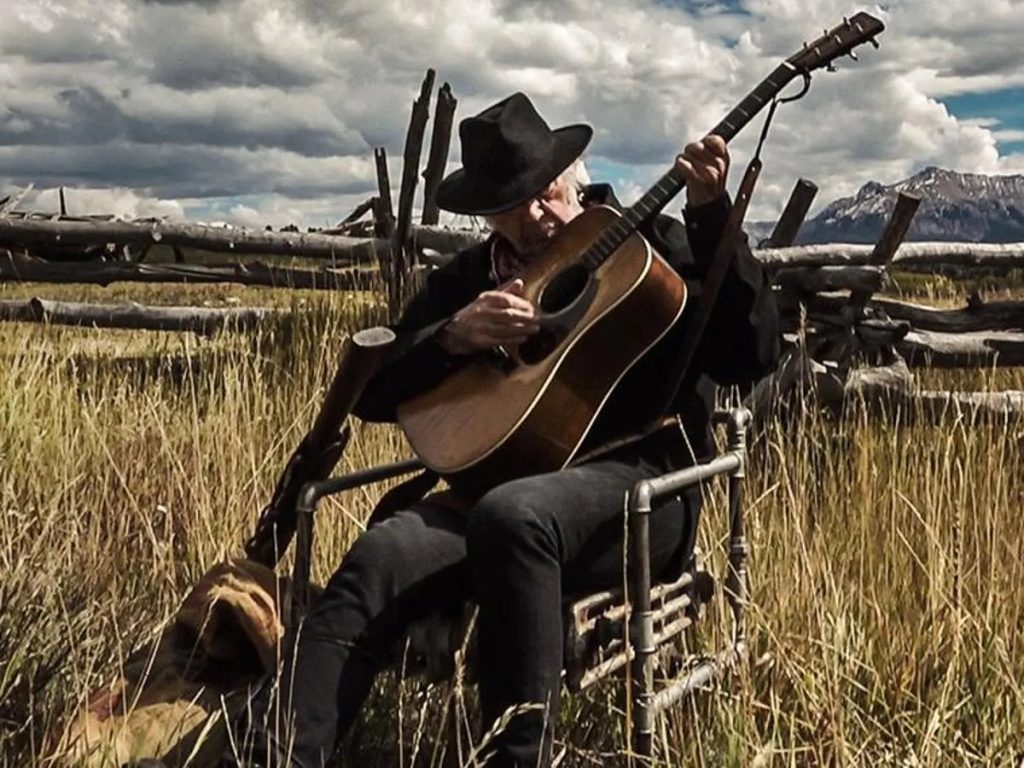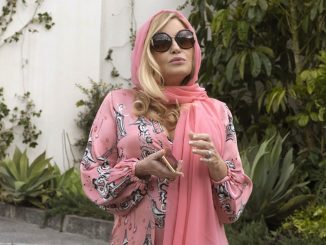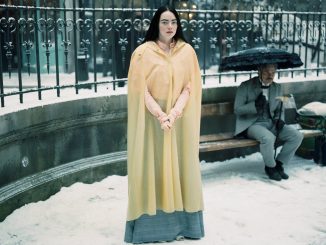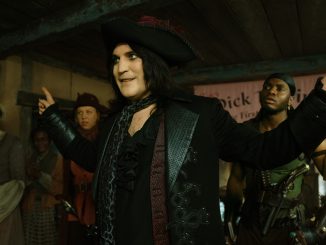![02film[lead]REPLACE](https://chico.newsreview.com/wp-content/uploads/2023/08/02filmleadREPLACE-678x381.jpg)
As I was watching live coverage of the Tour de France in mid-July, something reminded me of the phrase “armchair traveler.” I’ve previously said a thing or two in this space about the streaming of classic films and early cinema as a kind of time travel, and now, comfortably seated in my Stream & Dream Lounge, I was feeling immersed in several kinds of armchair travel. The broadcast’s cameras move right along with the Tour’s cyclists, putting us virtually inside the race at the same time that we’re outside as well, tourists getting great views of marvelous landscapes and ancient hillside towns. Five-plus hours of marathon racing puts us both inside and outside the passage of time, in the daylight of places that are both intimate and literally very far away.
In a way, I’ve had some of the same feelings about a series of YouTube videos that juxtapose scenes from two-reel comedies from the 1920s and ’30s with closely matched shots of the present-day Los Angeles-area locations in which the originals were filmed. What results is a kind of magical history tour in which the casually lyrical black and white views of the sunny semi-rural locations of the 1920s make silent but sometimes vivid commentary on even the most splendidly maintained of their 21st century counterparts. At times, wired fences, barred windows, steel gates, and acres of pavement seem dominant among the present-day signs of prosperity and “progress.”
Even with some routinely pretty color photography, the present day sunlight seems harsher, and the air, even on “clear” days, a little harder to breathe. The cinematic archeology of the videos (credited to “chrisbungostudios”) is rewarding both for the glimpses we get of Our Gang, Laurel & Hardy and others at work, and for its open-handed way of letting us contemplate pieces of a much bigger picture.
Andrei Tarkovsky, the great Russian filmmaker, once declared that the cinematic arts take us outside of clock time, in ways that can seem to increase the amount of lived time in our lives. Many of us movie buffs have had the experience of exiting a theater and feeling oddly surprised to discover that the time of day on the street is quite different from the one you’d been experiencing inside the movie house. Tarkovsky may have had that in mind, but he was also referring to something like what indigenous cultures call “dreamtime”—a kind of mystical experience generated through song, ritual, story, meditation, etc.
The closest I’ve come to that kind of feeling recently is with Wes Anderson’s new film, Asteroid City. It’s nearly two hours of deceptively casual, multilayered entertainment, playfully mysterious about almost everything, but stylishly engaging and accessible every step of the way. It announces no great themes, never insists on being taken seriously, but carries us along, pleasurably and thoughtfully, even as the curiosities, oddball puzzles and unanswered questions accumulate. At the outset, Asteroid City proclaims itself to be a documentary about the making of an unusual stage play. It is that, at the same that it’s also plainly fictional and unmistakably a Wes Anderson creation. We’re told the action takes place in 1955, but Anderson’s brilliant pastiche of period imagery is pretty clearly a 21st Century act of memory and imagination. And some passing allusions and details yield an intriguing ripple effect. Lead actor Jason Schwartzman, for example, wears a costume that recalls famous images of his illustrious uncle, Francis Ford Coppola. And the actor’s cousin, Roman Coppola, has producing and co-writing credits on the film. That “Coppola motif” doesn’t explain anything, but I do take it to be a good example of the film’s richly allusive textures.

Early on in Paradox, a 2018 feature-length “tone poem” from Neil Young’s Shakey Pictures, the first bit of dialogue we hear is the declaration that “Time is fluid.” Which partly reiterates what we’ve already heard from the voiceover narration in the film’s opening seconds: “Many moons ago, in the future, when the womenfolk had rightfully given up on us, a mangy group of outlaws hid out by a precious water source, while the real bad guys quietly stole the seeds of life… . Thankfully, music still helped their spirits fly.” That may set us up, at least partly, for a poetic fantasy of some sort, but that fluid time scheme is also looping through a scramble of genres. This “Paradox” skitters beyond any simple classification—it’s a comical western, a 73-minute music video, a DIY mystical adventure, a rambunctious allegory for male feminists, a scrappy philosophical tale peppered with rowdy wisecracks and earthy bits of wisdom, a documentary of musical performances and of the musicians doing a kind of comic improv, with bits of story, in between numbers.
The film’s featured players, musicians and outlaws alike, are Young and his youthful collaborators from the band Promise of the Real (headed by Willie Nelson’s sons, Lukas and Micah), And in a kind of cameo, Willie himself plays “Red,” an outlaw who has a bloodless Main Street showdown with Young’s “Man in Black,” before the two of them hold up a bank for something other than money. The credits tell us that Darryl Hannah (who appears briefly but crucially in the later stages) is the film’s “Auteur”—both writer and director. Paradox has the raggedy, freewheeling qualities of previous Shakey Productions directed by Young, but with Hannah as auteur, it makes a more coherent impression, emotionally and aesthetically, than I can remember with any of its predecessors. It’s also the only film I’ve enjoyed watching repeatedly over the last five years.




Be the first to comment